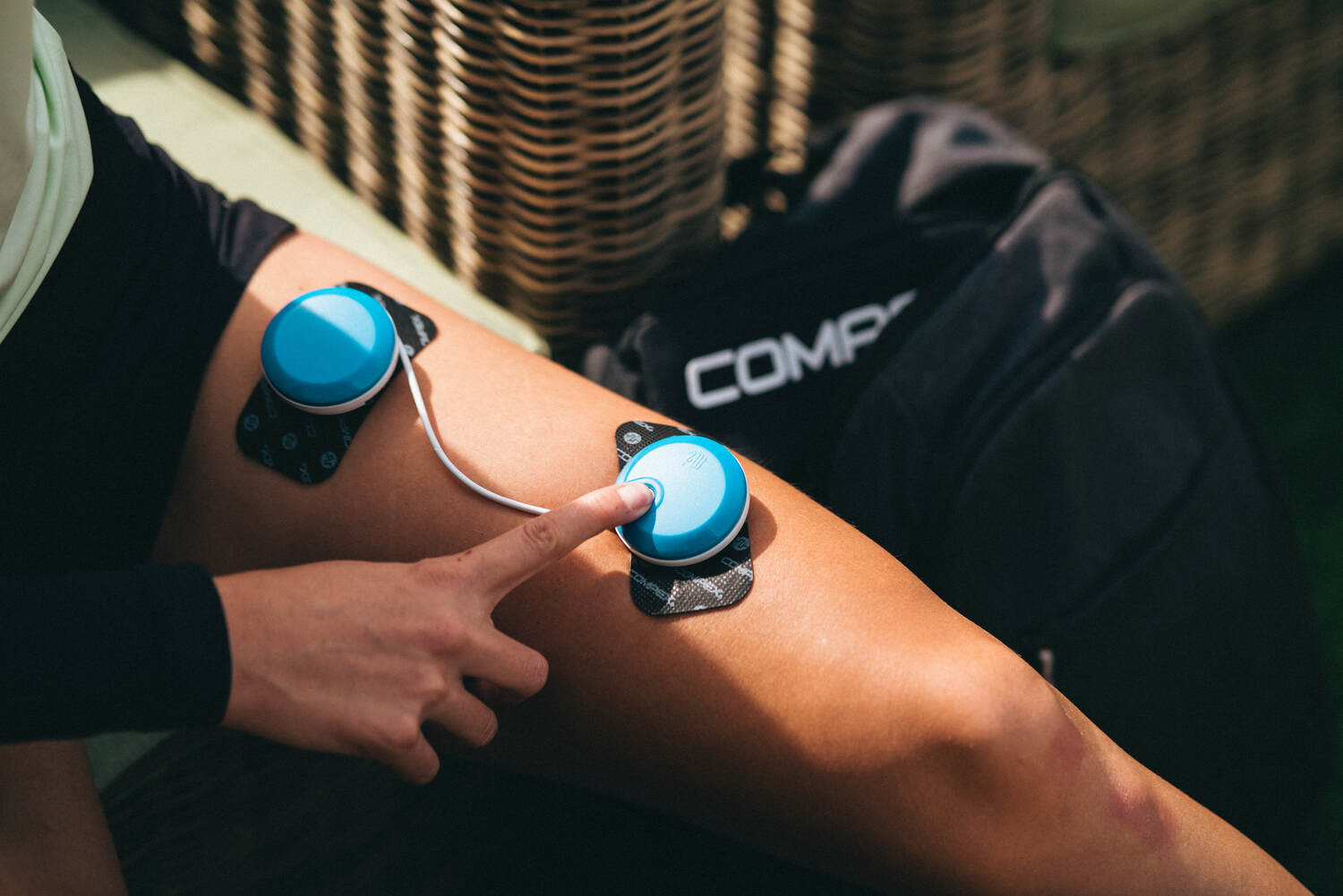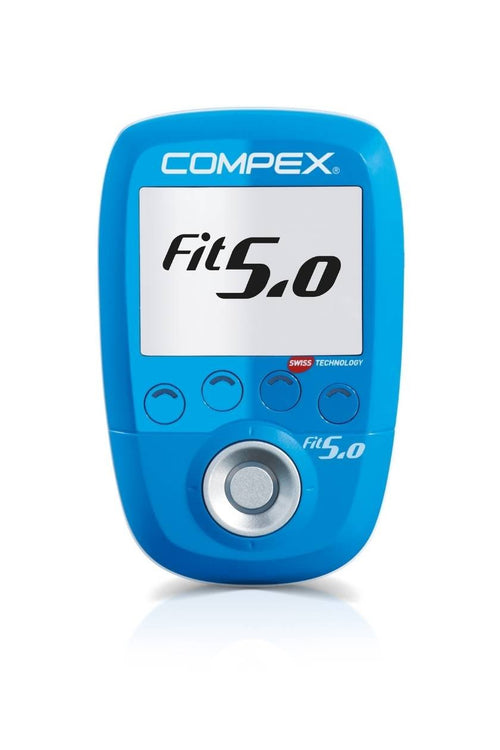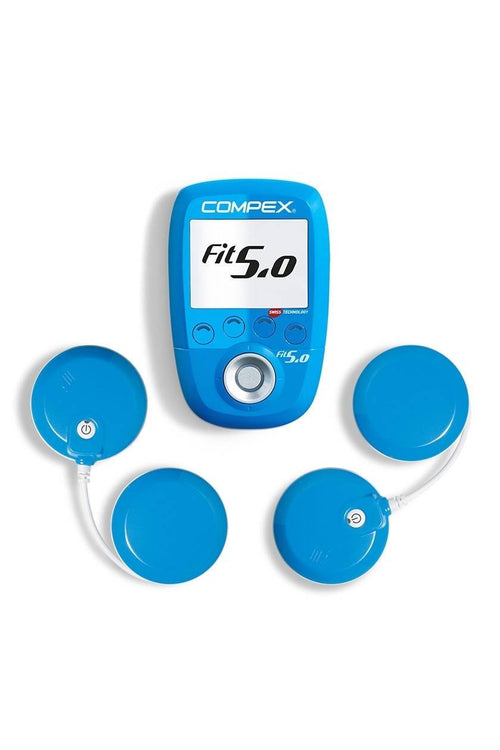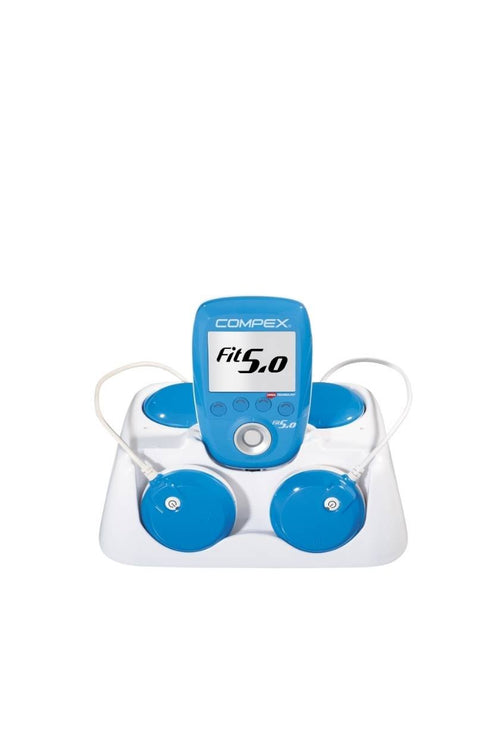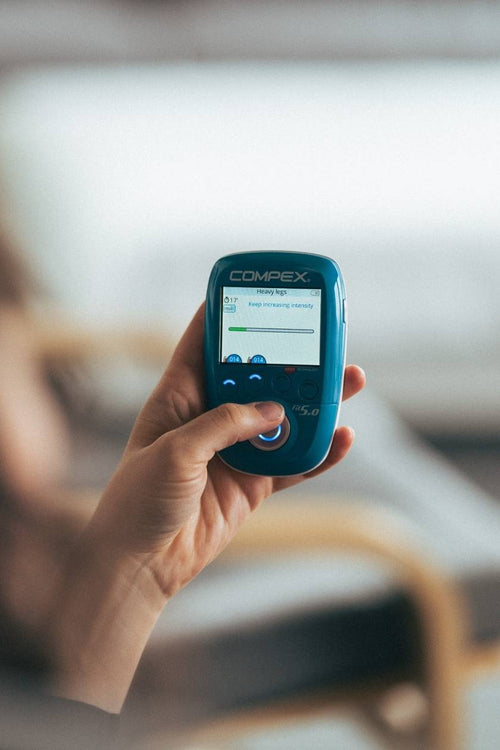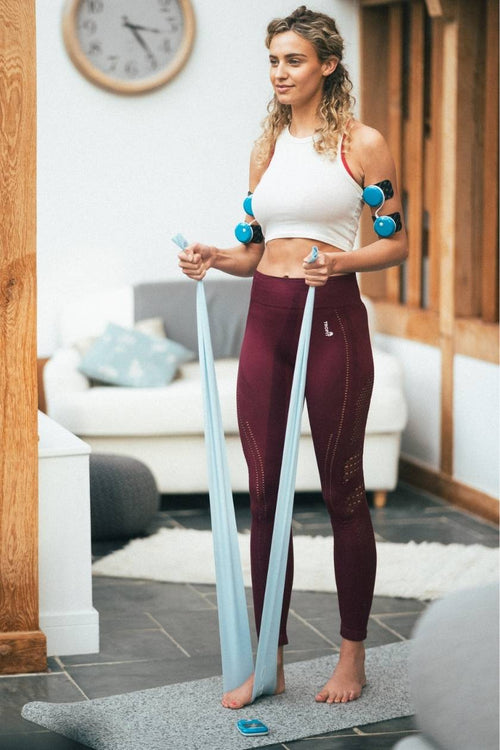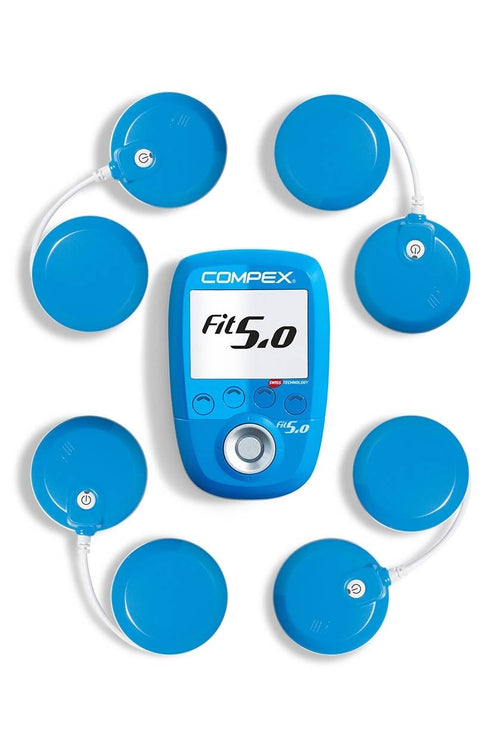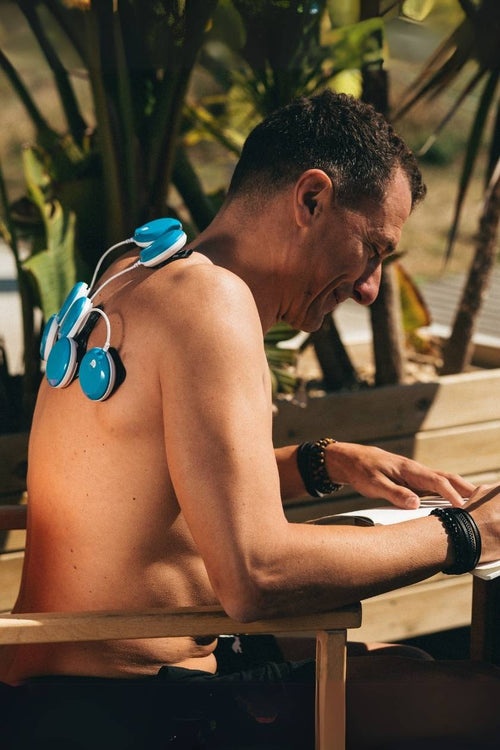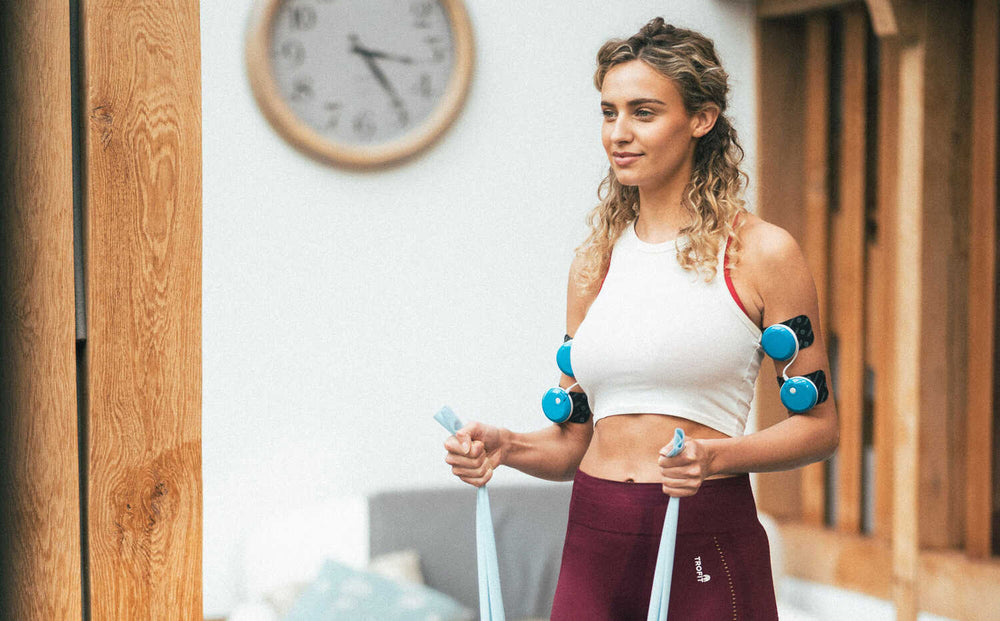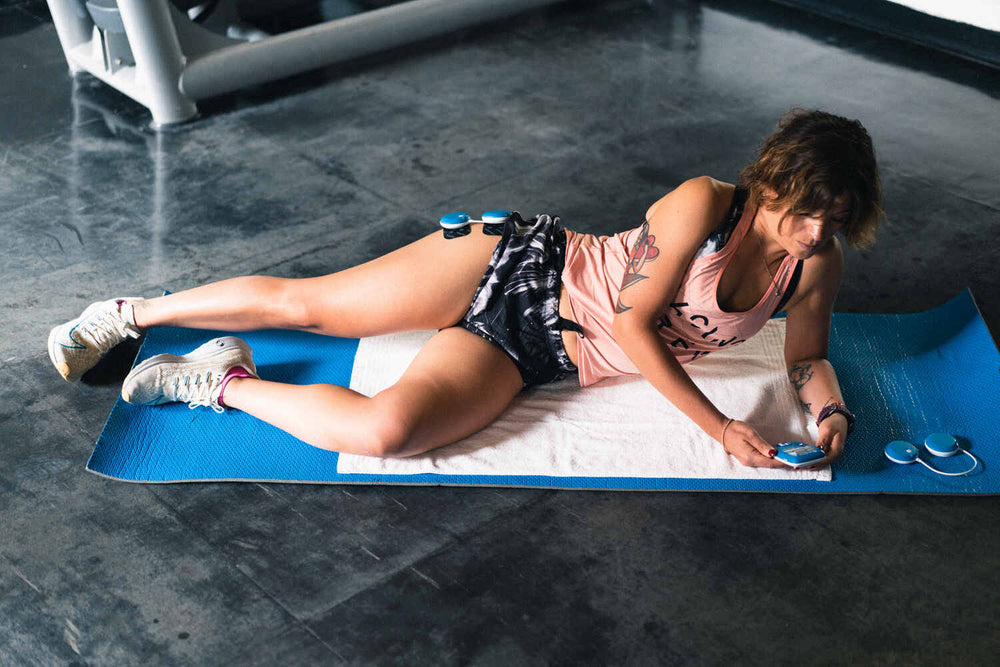Popular Products
COMPEX FIT 5.0 EMS MUSCLE STIMULATOR WITH TENS
Technology: Wireless
Muscle intelligence: MI-scan, MI-range
Web connection: Yes
Download objective: No
Upload remote history: Yes
Program categories: Fitness, Pain Management, Recovery / Massage, Rehabilitation
# of programs: 30
# of channels: 2 or 4
Screen: Matrix colors
Power: 120 mA, 400 us, 150 Hz
Energy: Rechargeable battery in less than 2h
- FIT 5.0 EMS Muscle Stimulator Remote Control [qty: 1]
- Modules [qty: 2 or 4]
- Docking Station [qty: 1]
- Charger [qty: 1]
- 2-Snap Electrodes 5x10cm [qty: 4]
- 1-Snap Electrodes 5x5cm [qty: 8]
- 1-Snap Electrodes 5x10cm [qty: 4]
- Transport Case [qty: 1]
- USB Wire
- Downloadable User Manual [qty: 1]
Develop your muscles, sculpt your body and relax tight muscles.
Designed for people who workout daily, Fit 5.0 is the ultimate product in the range, as it also includes Compex wireless electrical muscle stimulation (EMS) technology with 2 or 4 stimulation modules.
Compare this to our other muscle stimulators, learn more about training using a Compex device as well as bespoke training plans, and find out more about what muscle stimulation is.
Categories & Programs/Settings
Download the Compex Coach App

How does Electrical Muscle Stimulation (EMS) work?
